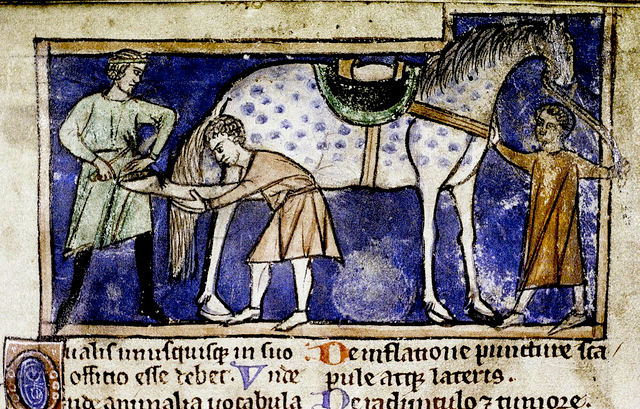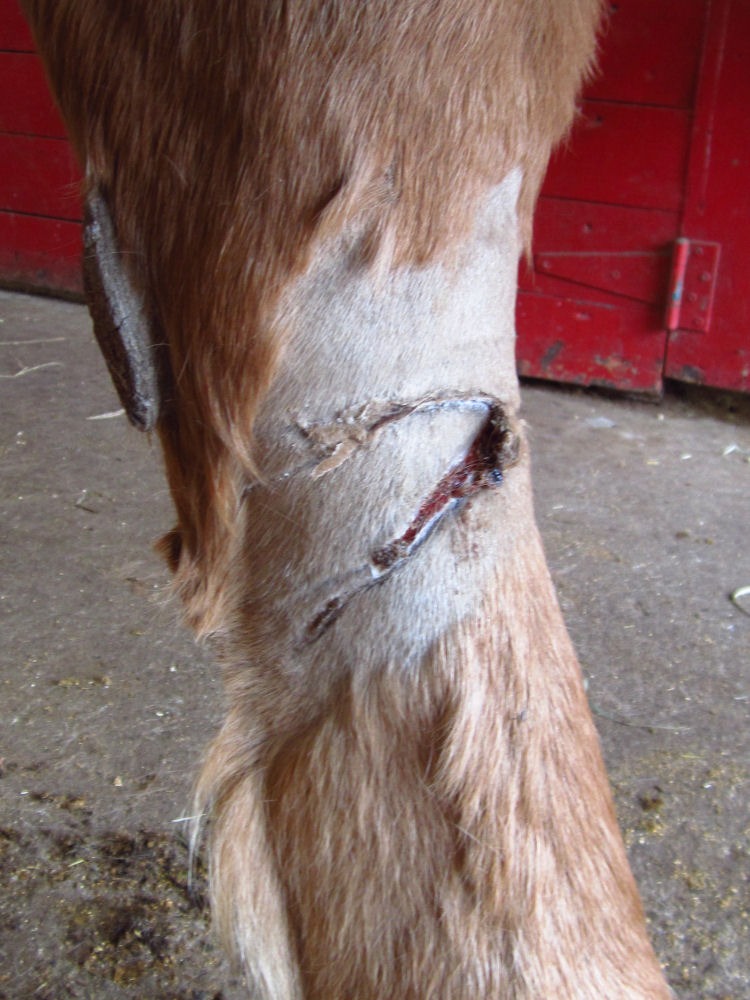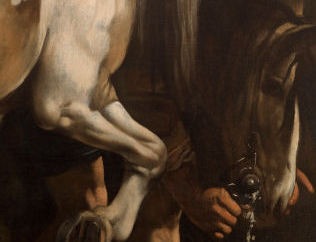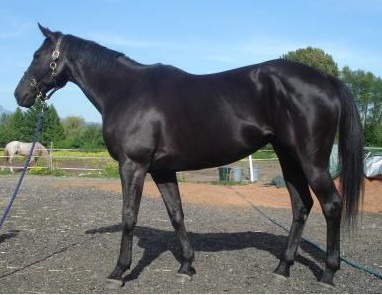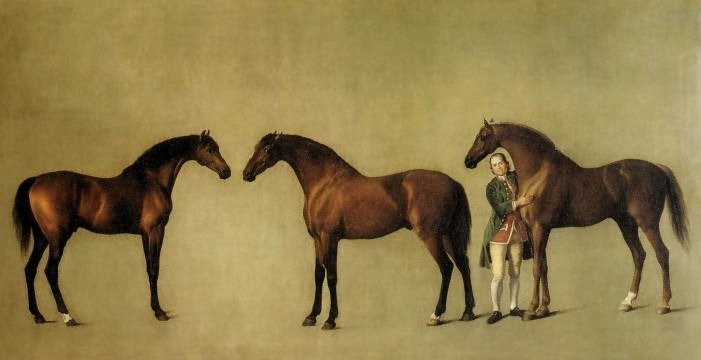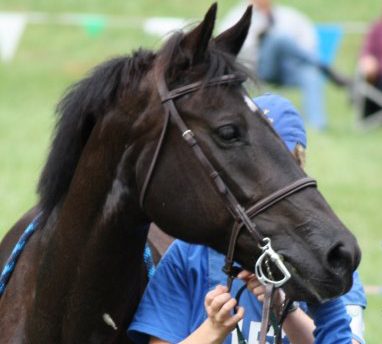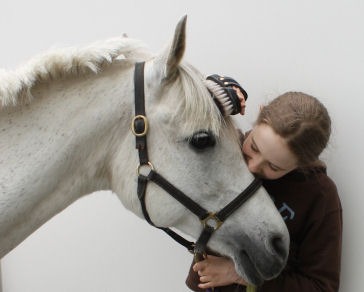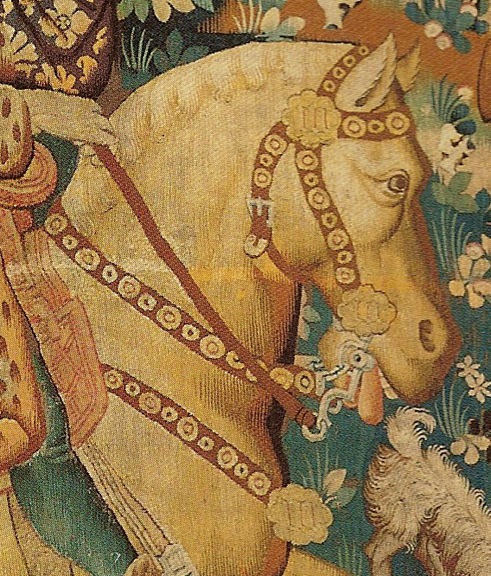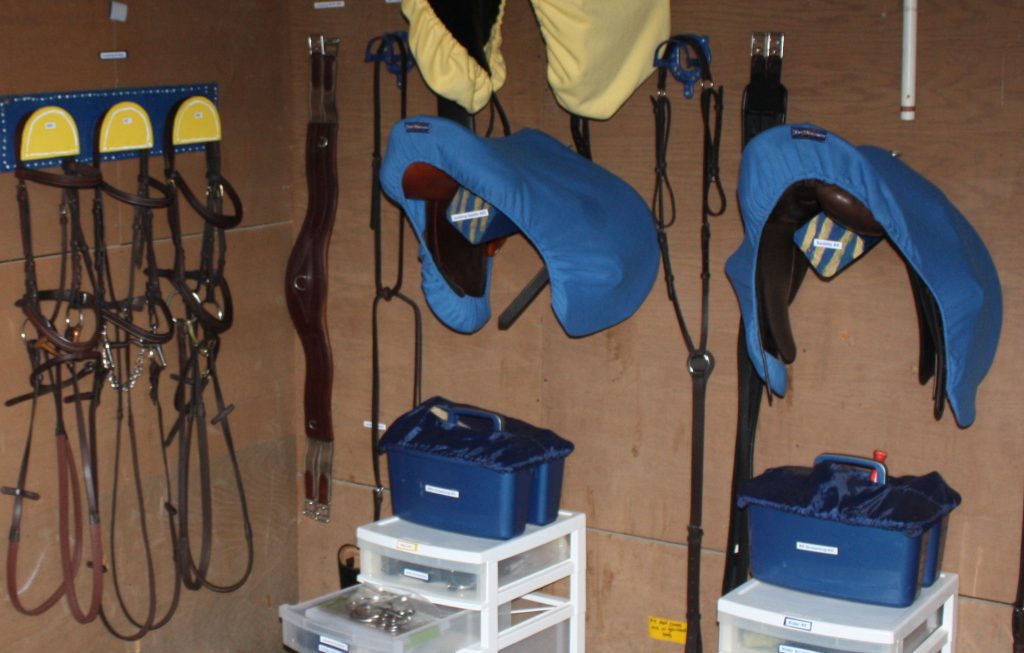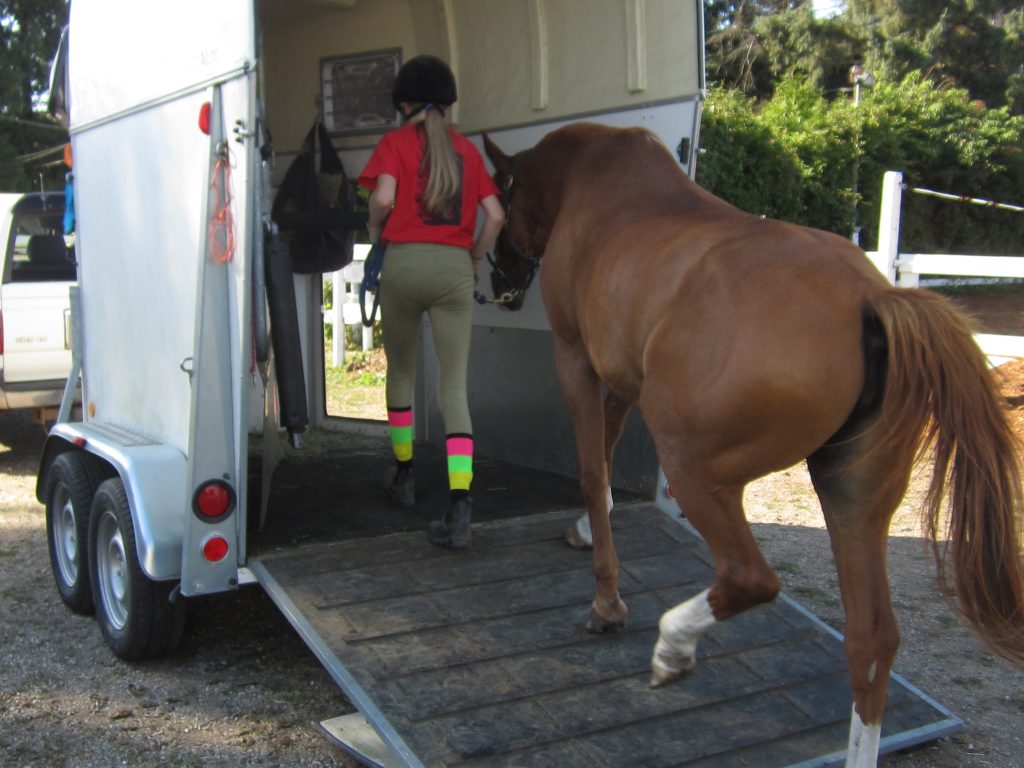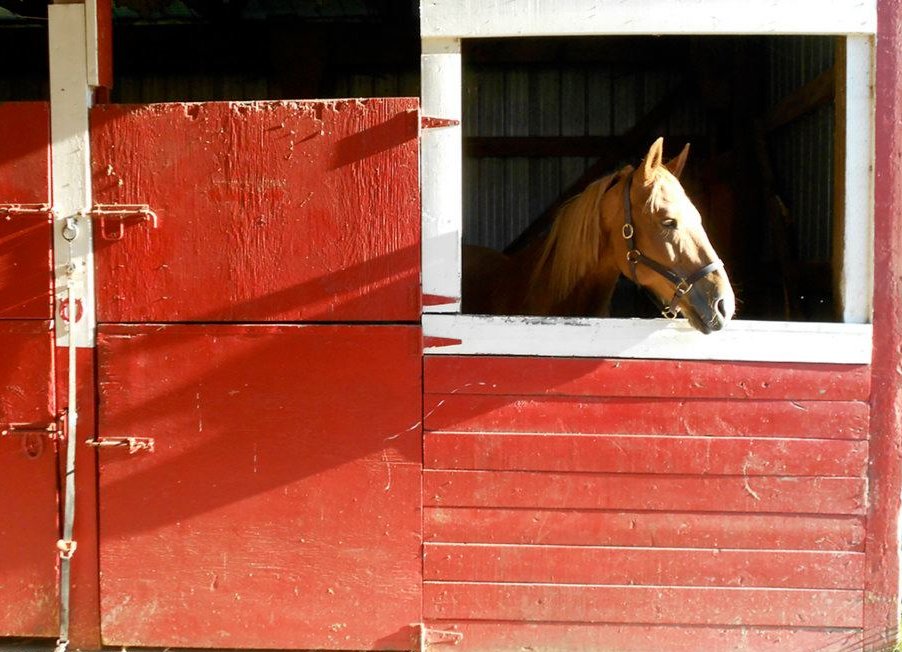'No hoof, no horse,' goes the common saying, which indicates how vital hoof care is to the soundness of your horse. For this reason, in Horsemanship Level 3 and up, there is at least one lesson in the curriculum (and a section of the exam) devoted solely to the foot and farriery. For level 3…
